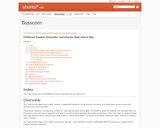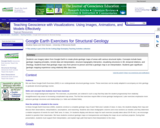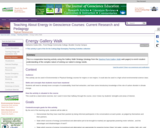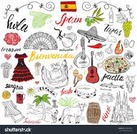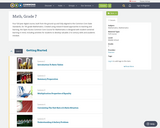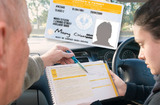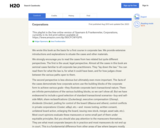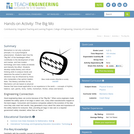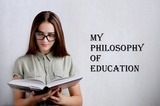
Education is one of the main processes of the development and formation of individual’s personality. It is very important to keep the education of young people at high level in order to provide a country with decent population and its future skillful generation. In my opinion, the progress of education as an overall system for everyone is a rational idea. However, it is not able to satisfy the needs of all students. Keeping this in mind, each student should develop his or her own philosophy of education in order to get the maximum benefits from this process. The same matter should be taken into consideration by teachers in order to help each student to become not only part of a class, but also a hard-working person who will be willing to face any challenges and difficulties during educational process. As for me, I think that my philosophy of education is based on several principles. First of all, it is necessary to understand the purpose of education. Education helps not only to understand some laws, principles, or concepts, but also apply them from the practical point of view. The theoretical knowledge is worth nothing if a student cannot apply it in the real life. Consequently, the educational process should be accompanied with practical lessons as much as possible. In addition, it is also necessary to make students not only learn, but also think about what they learn and how acquired knowledge will help them in the future.It is very essential to understand the essential role of a student in the education. Students being a part of this process usually come to the classrooms and listen to their teachers. However, in order to provide a complete and effective process of education, I believe that they should act not only as passive consumers of presented information, but also actively and independently explore additional material. I mean that they should go beyond the scope of information that they learn in school, college, or university, and look for the additional sources, materials, or other solutions in order to expand their knowledge with new facts and ideas. At present time, when modern students have such advancements as the Internet, it is much easier to perform such behavior.My philosophy of education also includes the role of a teacher as a main unit in educational process. The teacher should be not only a broadcaster who delivers the information to students, but also motivate students to actively participate in all class activities and cooperate with each other. The teacher has to help each individual to reveal the hidden potential and lead him or her from the beginning till the final stage. It is important for the teacher not to choose only several students and actively work with them. The teacher should give the equal possibilities for all students with certain attention on their creative abilities. The role of the teacher should not be limited by his or her work only in classrooms. It is also the responsibility of the teacher to work within the local community and cooperate with parents. He or she has to serve as a role model for students and show them how to respect the elderly and how to interact with them. I believe that the philosophy of education presumes an active position of all members in the learning process. All their efforts should be directed with the aim to enrich students with knowledge, teach them think creatively, and provide equal conditions of education for all of them. Education should be filled with many practical lessons. It has to determine not only the future career path of each individual, but also shape and develop his or her unique personality. So, education is first and foremost a comprehensive development, so I propose to read also my article on one controversial topic "FASHION INDUSTRY SHOULD STOP ABUSE ANIMALS"
- Subject:
- Education
- Philosophy
- Material Type:
- Lesson Plan
- Author:
- Ella Deker
- Date Added:
- 09/11/2018


